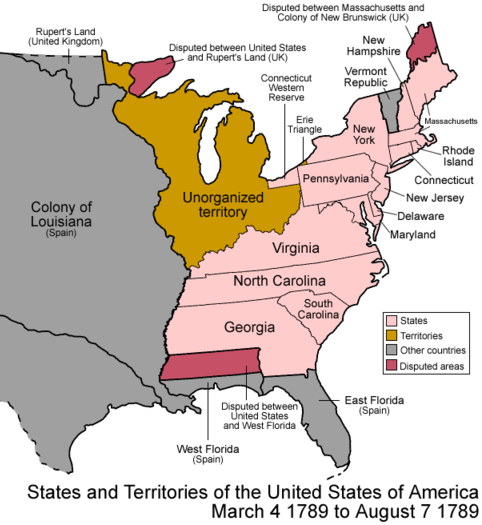








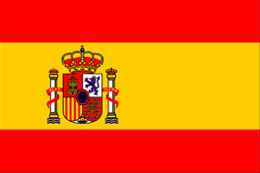
Closing of the Mississippi River
The Spanish and Americans had conflicting land claims on the eastern banks of the Mississippi River. The Spanish clearly controlled the river and the crucial port city of New Orleans, through which was the only practical means of shipping trade goods from the area. In 1784, the Spanish closed the Port of New Orleans to American traders.
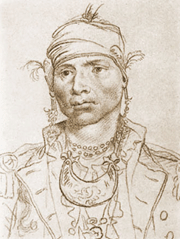
American Indian Raids
Frontier settlers frequently violated treaties with the American government by clearing farms on American Indian land. During the Articles of Confederation period, many tribes fought back, helped by arms supplied by the British and Spanish. Creek Indian Chief Alexander McGillivray, of mixed ancestry, organized tens of thousands of Native Americans to raid the pioneer settlements.
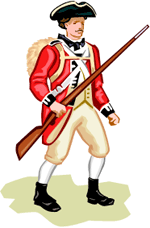
British Maintaining Forts Along the Great Lakes
As part of the Treaty of Paris ending the American Revolution, the British were supposed to abandon their forts along the Great Lakes. The British did not leave. They claimed that they kept troops there because the state of Virginia had not complied with the terms of the Treaty of Paris either, which forbade any punishment of the Loyalists during the war. Virginia confiscated all Loyalist land during the revolution and refused to return it.
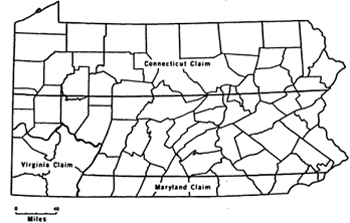
Pennamite-Yankee War
For over a decade, settlers from Connecticut and Pennsylvania disputed ownership of the northern part of the state. In 1782, the Congress declared the land part of Pennsylvania. However, Connecticut settlers refused to leave, and fighting broke out between the two groups, with Connecticut and Vermont sending in soldiers to help.

Barbary Coast Pirates
With independence, American traders lost the protection of the British navy. In particular, pirates along the Barbary Coast (North Africa) frequently raided American ships and captured sailors. The American government could not afford the ransom demands or to pay protection money. Many U.S. merchants died in North African jails.
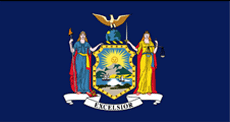
Treacherous New York
Most goods from overseas bound for New Jersey and Connecticut had to travel through the port at New York. The state of New York placed a tax on all goods that was bound for those states. While all major port cities charged some type of import duty, New York made the most money. There is some evidence that New Jersey and Connecticut were contemplating a military alliance to force New York to end the tax.
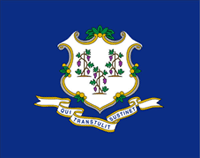
Wily Connecticut
After the war, England denied American merchants access to the profitable markets in the British West Indies (the Carribean Islands). In 1785, the states of New Hampshire, Massachusetts, and Rhode Island agreed to deny the British access to their ports in response. The plan might have worked, but Connecticut refused to comply, trying to bring British business to itself.